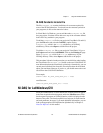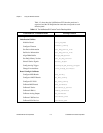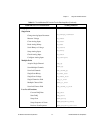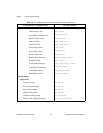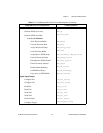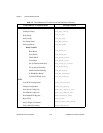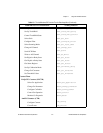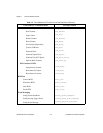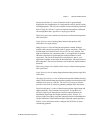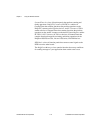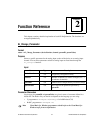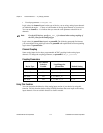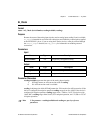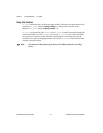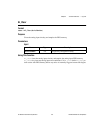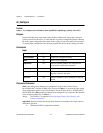
Chapter 1 Using the NI-DAQ Functions
©
National Instruments Corporation 1-13 NI-DAQ FRM for PC Compatibles
Initialization/Utilities is a class of functions used for general board
initialization and configuration, for configuration retrieval, and for setting
NI-DAQ properties. This class also contains several useful utility functions.
Board Config & Calibrate is a class of functions that perform calibration
and configuration that is specific to a single type of board.
The Analog Input class contains all of the classes of functions that perform
A/D conversions.
Single Point is a class of Analog Input functions that perform A/D
conversions of a single sample.
Multiple Point is a class of functions that perform clocked, buffered
multiple A/D conversions typically used to capture waveforms. This class
includes high-level functions and a Low-Level Functions subclass. The
high-level functions are synchronous; that is, your application is blocked
while these functions are performing the requested number of A/D
conversions. The low-level functions are asynchronous; that is, your
application continues to run while the board performs A/D conversions in
the background. The low-level functions also include the double-buffered
functions.
The Analog Output class contains all the classes of functions that perform
D/A conversions.
Single Point is a class of Analog Output functions that perform single D/A
conversions.
Waveform Generation is a class of functions that perform buffered analog
output. The Waveform Generation functions generate waveforms from data
contained in an array or a disk file. The Low-Level Functions subclass
provides a finer level of control in generating multiple D/A conversions.
Digital Input/Output is a class of functions that perform digital input and
output operations. It also contains two subclasses. Group Mode is a
subclass of the Digital Input/Output class that contains functions for
handshaked digital input and output operations. Block Transfer is a
subclass of the Group Mode class that contains functions for handshaked or
clocked, buffered or double-buffered digital input and output operations.
SCXI is a class of functions used to configure the SCXI line of signal
conditioning products.



